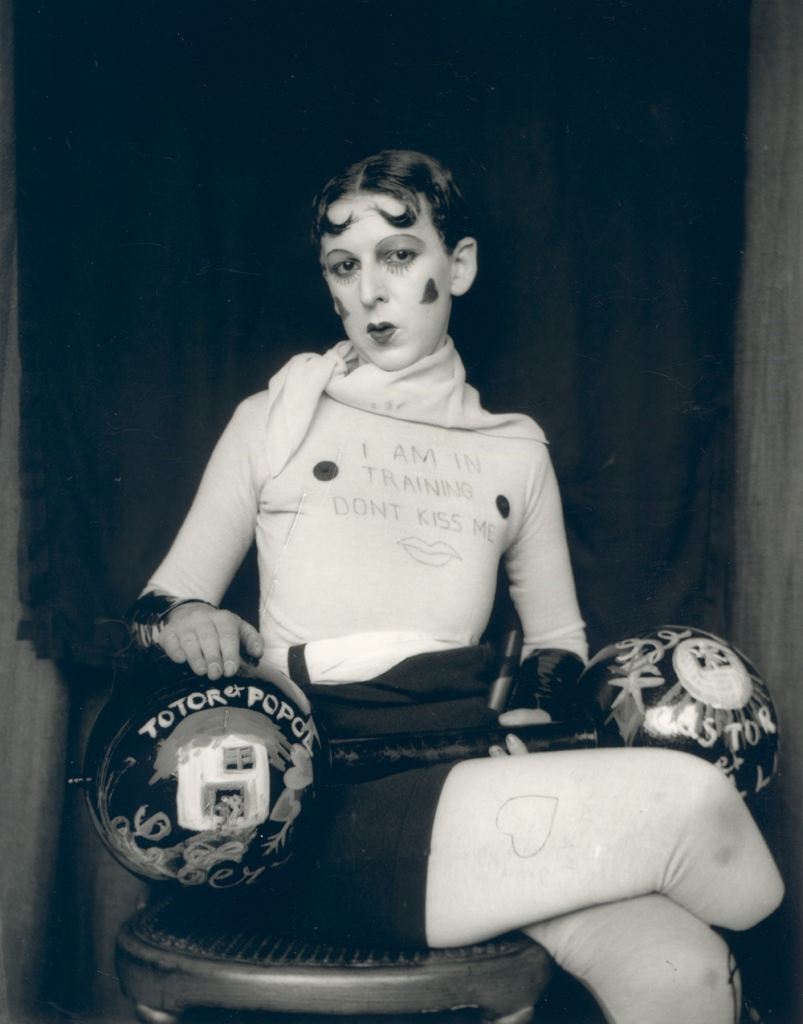Romanticism
Characterised by its emphasis on emotion and individualism as well as glorifying nature and the past, Romanticism is an art and literature movement, which took value in human emotions, instincts and intuitions. Romanticism began in Europe near the end of the 18th century in approximately 1770, during a time of war with the French Revolution, which fuelled it. The movement was primarily a reaction towards the scientific rationalisation of nature, and a revolt against the restrained emotional nature and the overwhelming changes in society introduced by industrialisation. For most of the Western world, its peak was approximately 1800 to 1850. A main characteristic of romanticism is the deepened appreciation towards nature. There are a range of romantic landscapes which portray and praise nature for its ferociousness and lack of mercy, or it being beautiful and serene.
Dark Romanticism
Shadowing the euphoric feelings surrounding Romanticism is the sub-genre of Dark Romanticism, which explores horror, the sublimity of decay, and the supernatural. Dark Romanticism focuses on the sublimity of decay inherit brutality of nature and evil of an individual.
Sublime
Sublime is described by Edmund Burke as an artistic effect that is “the strongest passion”, and in all cases terror and fear is the ruling principle. The sublime is associated with evoking the feeling of the strongest emotion that the mind is capable of experiencing, usually surrounding nature, which inspires great awe and terror knowing you are smaller and insignificant in comparison and at the mercy of nature.
rebellion, freedom, symbol, intuition, emotion, the individual, truth
Francisco Goya
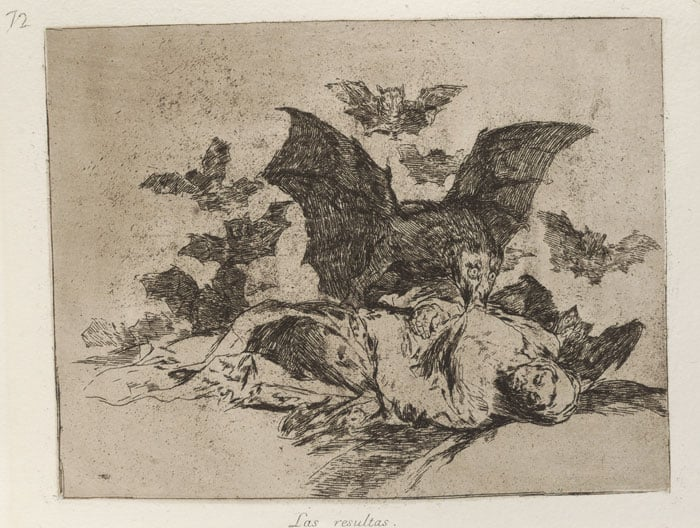


Gustave Doré
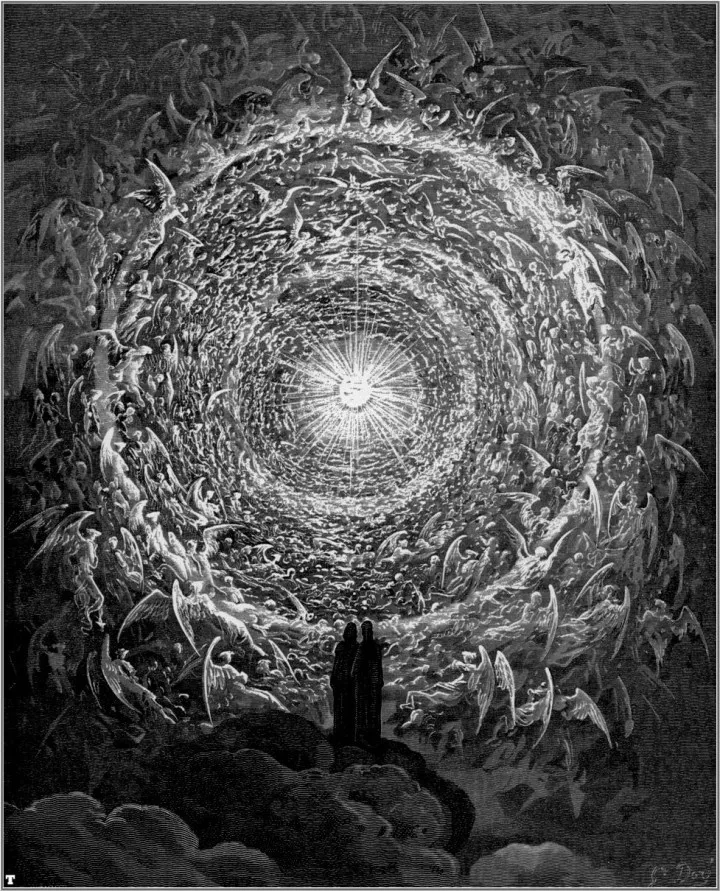
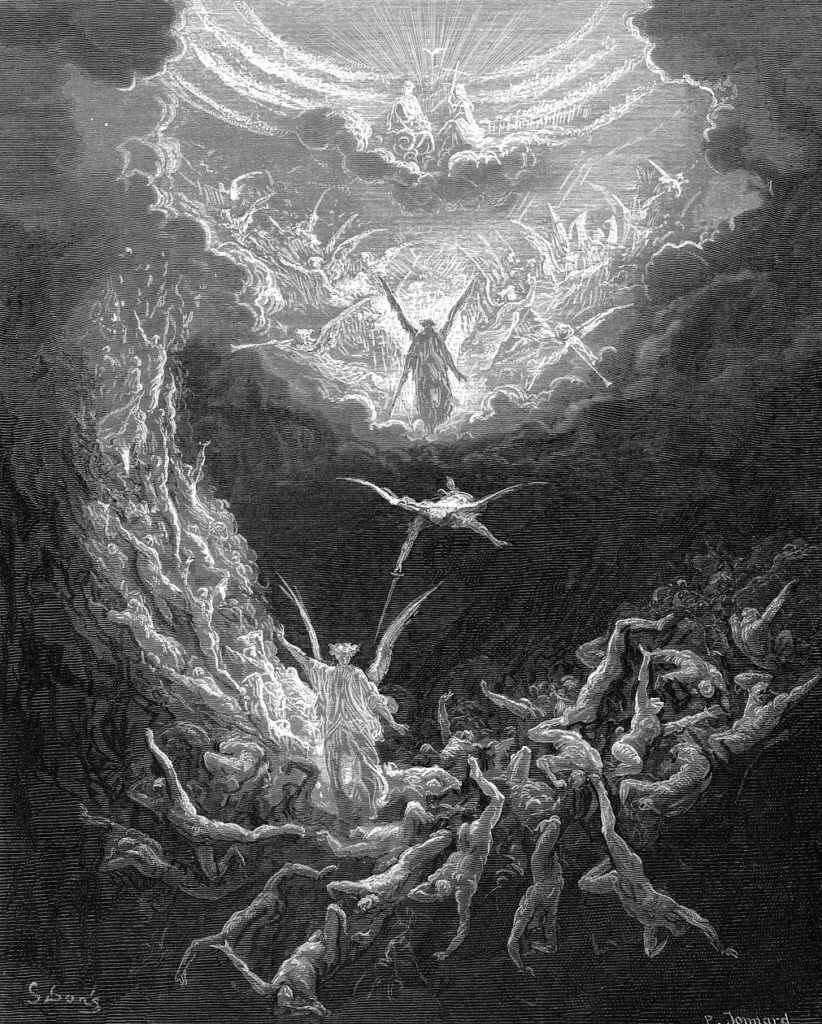
Symbolism
Characterised by its emphasis on the disturbing, the mysterious, and the unspeakable, Symbolism is an art movement, originating in the late 19th century, which rejected the realistic depiction of the natural world in favour of imaginary worlds and entities. The work of symbolist artists and writers was fuelled by psychological content, particularly erotic and mystical, which could include figures from literature, Greek mythology, the bible, etc.
disturbance, emotion, the uncanny, anarchy, spiritualism, esoteric, perversity
Gustav Klimt

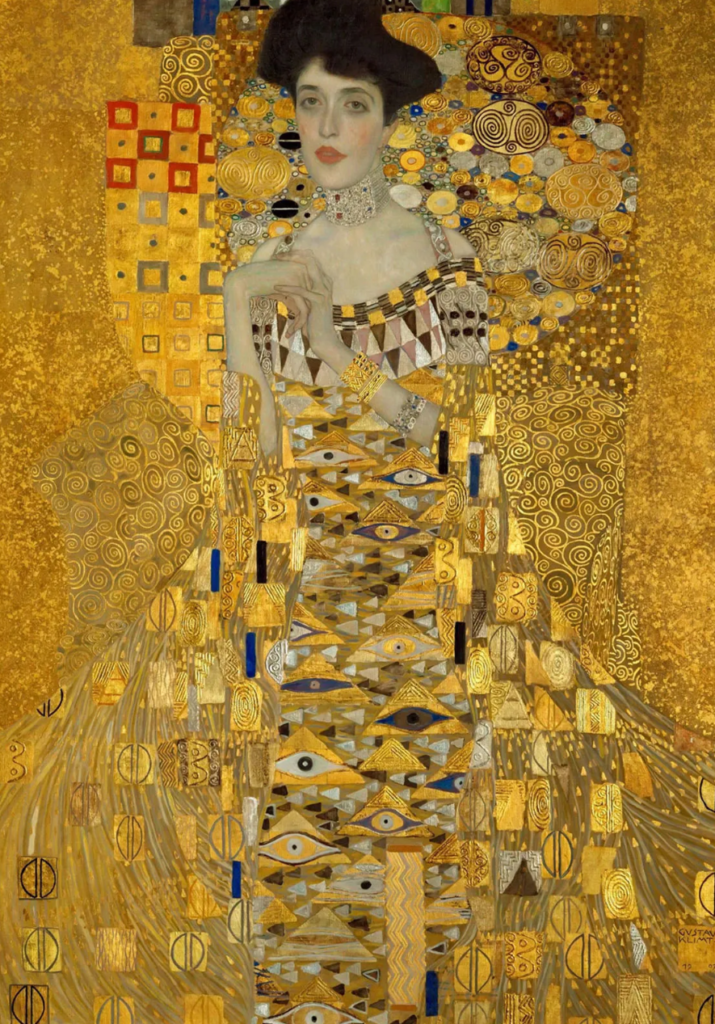
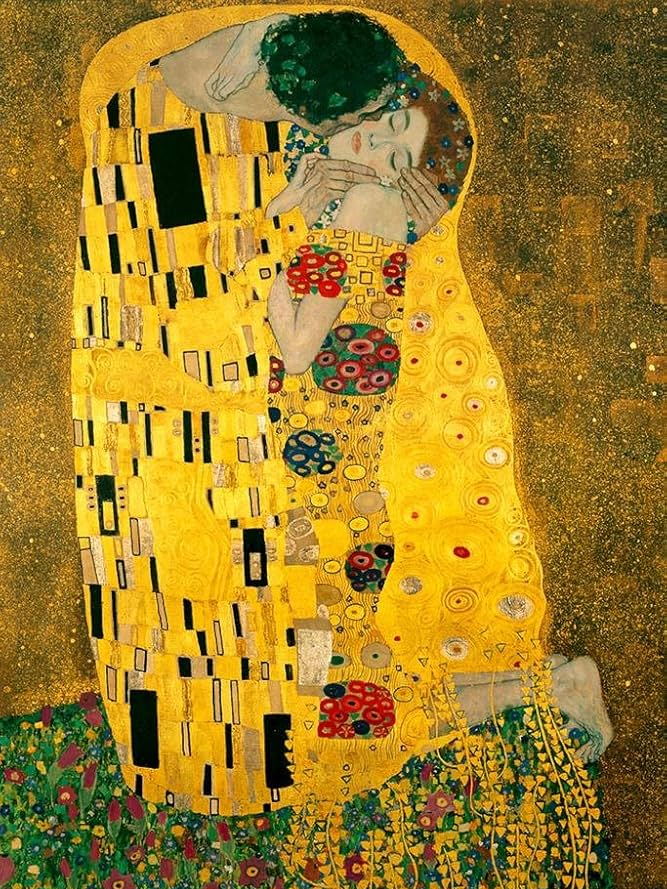
Serafino Macchiati


Surrealism
Aiming to revolutionise the human experience, Surrealism is an art and cultural movement which balances a rational vision of life with one that explores the power of the unconscious, finding beauty within the unexpected, the uncanny, the disregarded, and the unconventional.
the unconscious, irrational, dreams, automatism, juxtaposition, destruction, eroticism
Odilon Redon

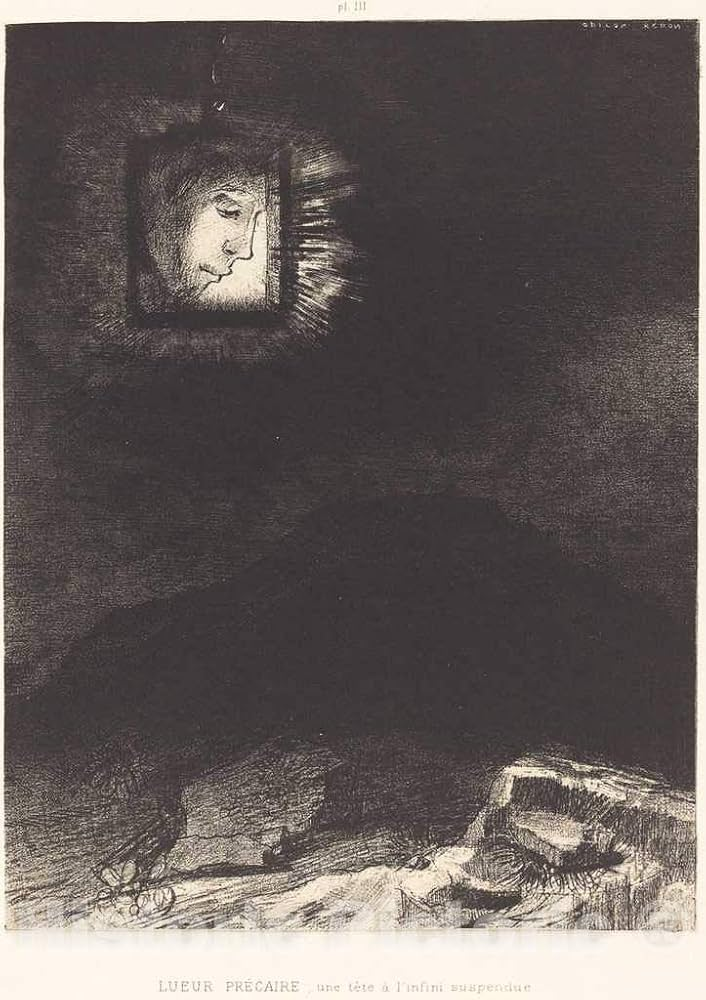
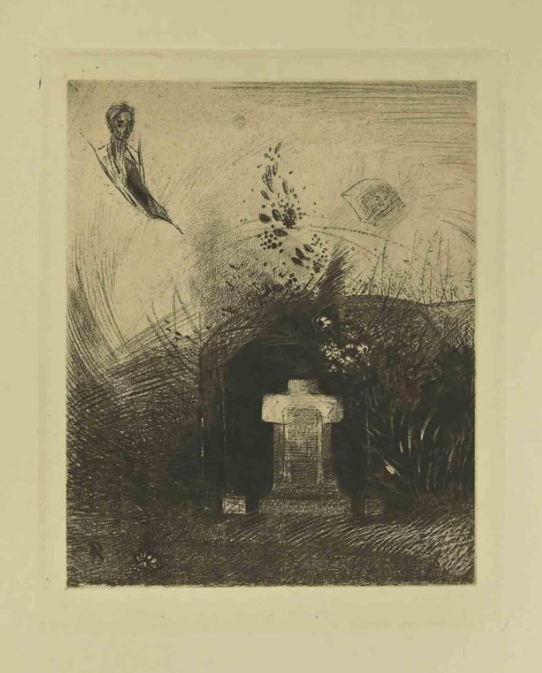
Claude Cahun
